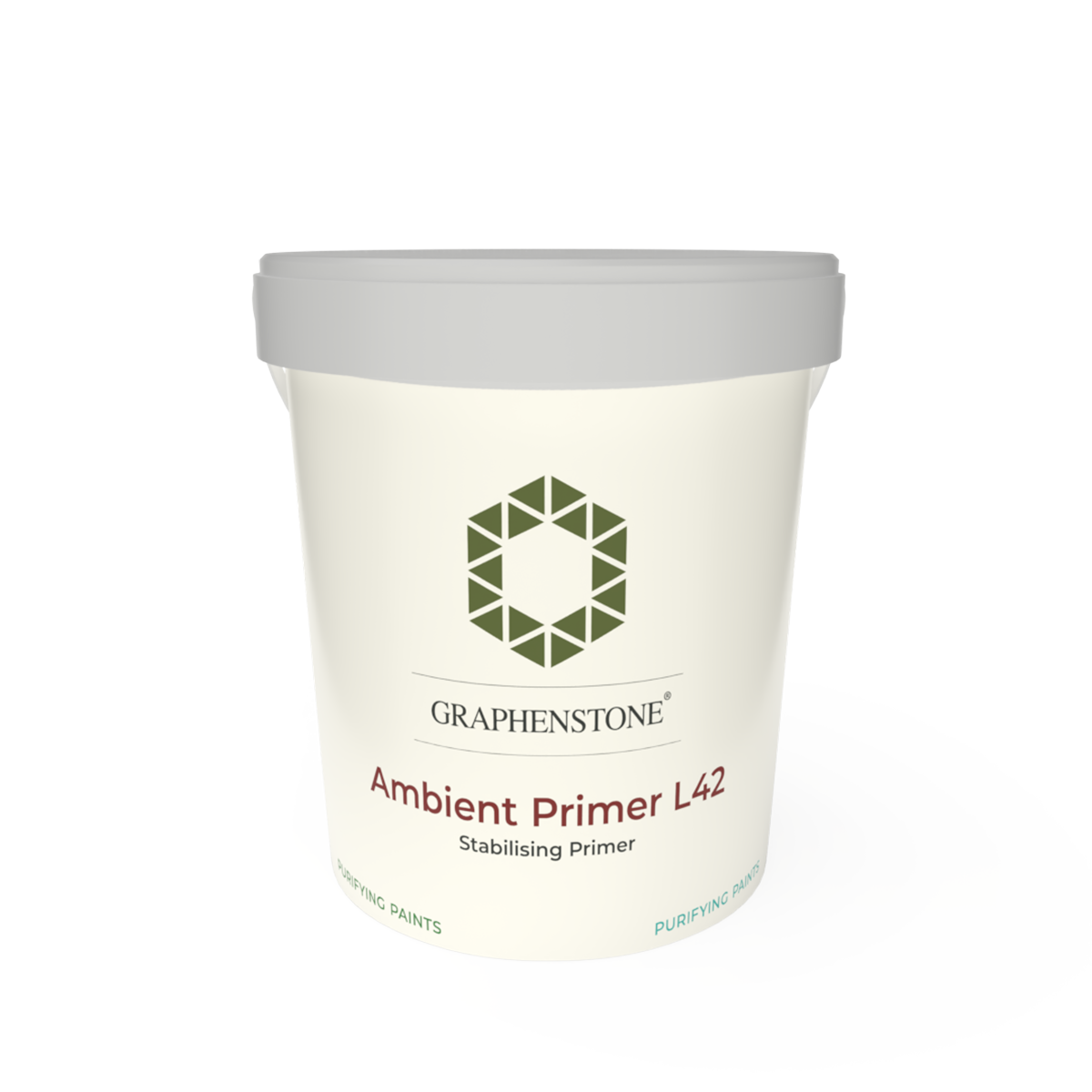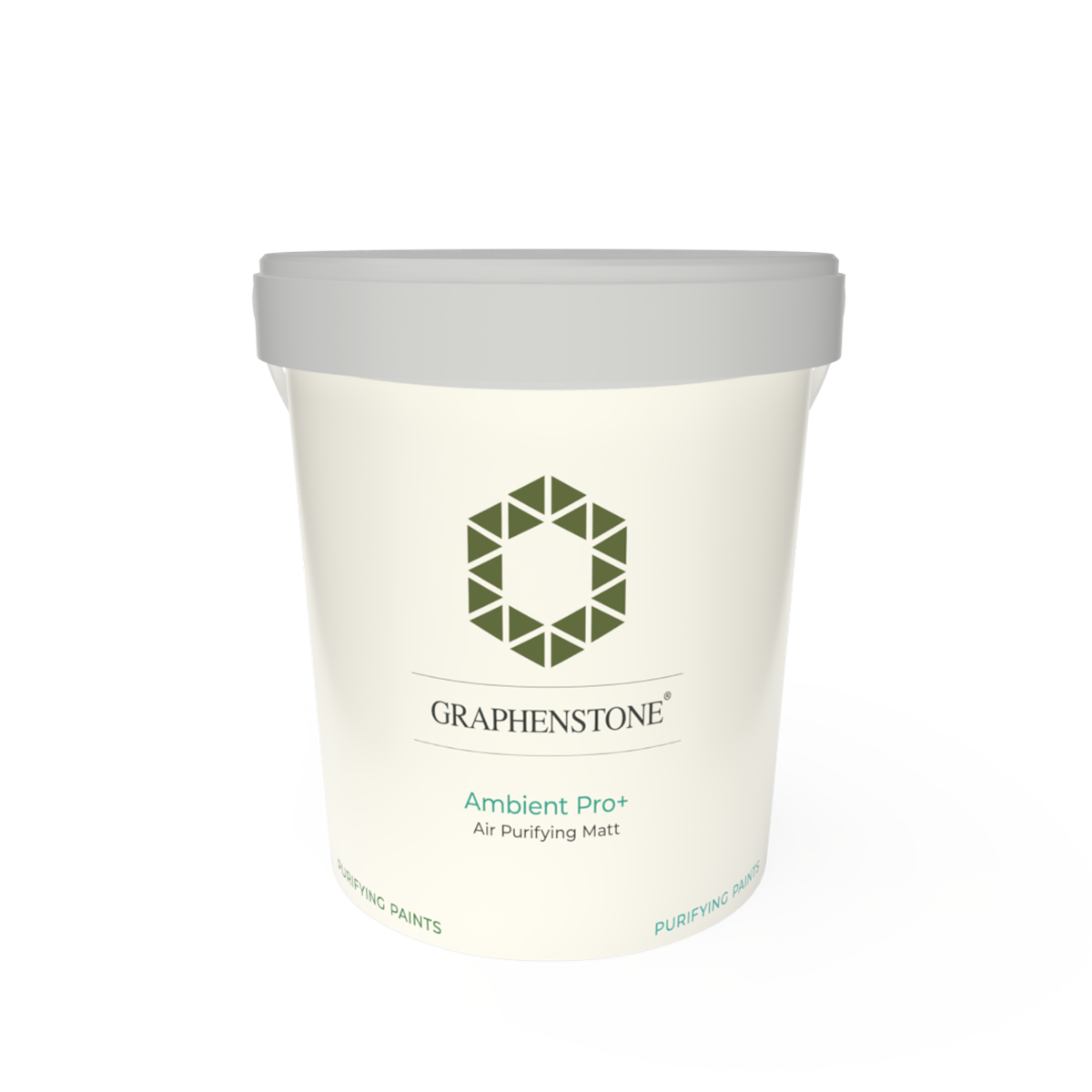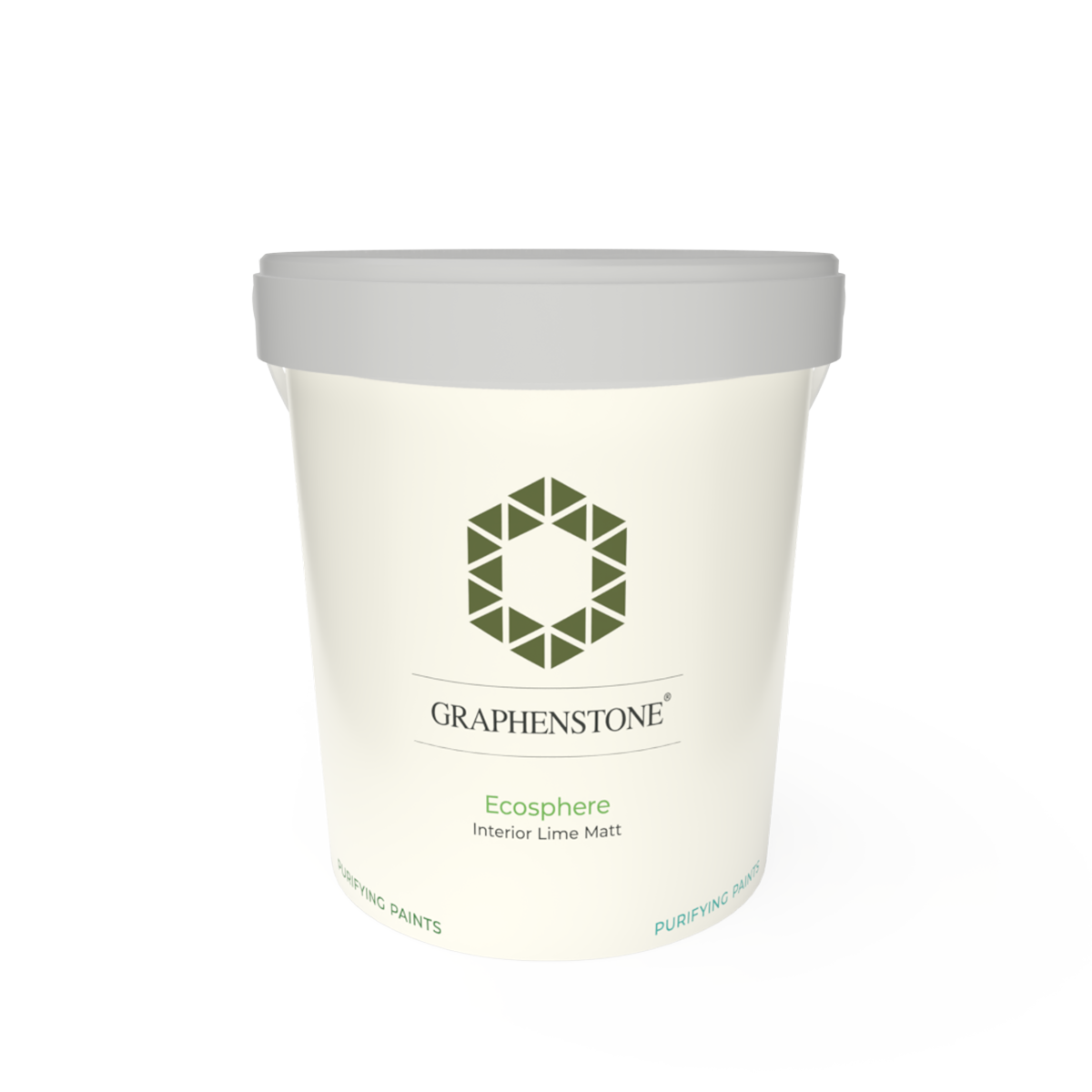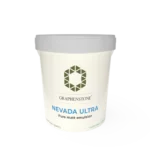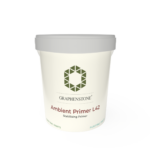Anti Fungal Paints
Antifungal paint is a particular type that prevents the growth of fungi, mould, and mildew on your walls. It contains a powerful fungicide that acts as a barrier on your walls.
You will find fungus in the areas with excessive moisture. Think bathrooms, kitchens, basements, or even poorly ventilated rooms where you experience damp walls.
The telltale signs are dark patches, greenish-black spots on the surface, a musty smell, or even peeling paint. If you experience any of these symptoms, use antifungal paint to protect your walls from damage.
Why Choose Graphenstone Antifungal Paint?
Graphenstone antifungal paint is not just to protect your walls, but it offers many other features, too. First of all, its quality and durability make it stand out. It will adhere smoothly to your walls and maintain its quality for years.
It controls humidity on your walls and acts as an extra shield. Moreover, our antifungal paint for walls is eco-friendly and ideally absorbs CO2*, Sox, NOx and other VOCs.
It also has the characteristic of naturally inhibiting viruses and bacteria. Our paints don’t only protect your paint but also offer security as they are fireproof. So, Graphenstone offers the best antifungal paint to protect your walls more safely.
Antifungal Paint Colours
You will find a wide colour range on Graphenstone. Whether looking for natural shades or bold colours enthusiasts, we’ve got you covered. You will find a variety of 72 in-house colours with quick delivery in 2 days.
While it doesn’t stop here, we also offer 980 colours based on the Natural Colour System (NCS). You can contact us directly to get your dream colour from NCS980.
Surface Preparation for Graphenstone Antifungal Paint
Before applying the antifungal paint, it’s crucial to prepare your walls first. If you have a damp wall or mould on it before, you need to remove it first. You should clean and dry your walls properly. Otherwise, antifungal paint can’t adjust on your walls properly, affecting longevity.
If there is any dirt, dust, or grease in any area, you should remove it first with mild soap or water. However, if your walls have signs of mould or mildew, you should apply the mould remover first.
After that, you should check for any peeling paint on your wall. You need to scrape off flakes and sand down the rough areas to create a smooth surface.
You can also opt for the most suitable filler if your walls have holes or damaged plaster. It will ensure the smooth adhesion of antifungal paint.
How to Apply Graphenstone Antifungal Paint?
Once you have prepared the surface, stir the paint well before use. This ensures the antifungal agents are evenly distributed.
If the surface is particularly porous, you might want to apply a primer first. It will help the paint adhere better and provide a more robust protective layer.
You can apply the paint using a brush, roller, or sprayer, depending on the size and texture of the wall. Apply a thin, even layer of antifungal paint first and let it dry for 4-6 hours.
Once the first layer is dry, apply the second one to maximise the benefits and offer extra protection.
FAQs
If you have questions about Graphenstone antifungal paint, check out our downloadable Technical Data Sheet. You can also contact us directly at our email [email protected] for more information.

